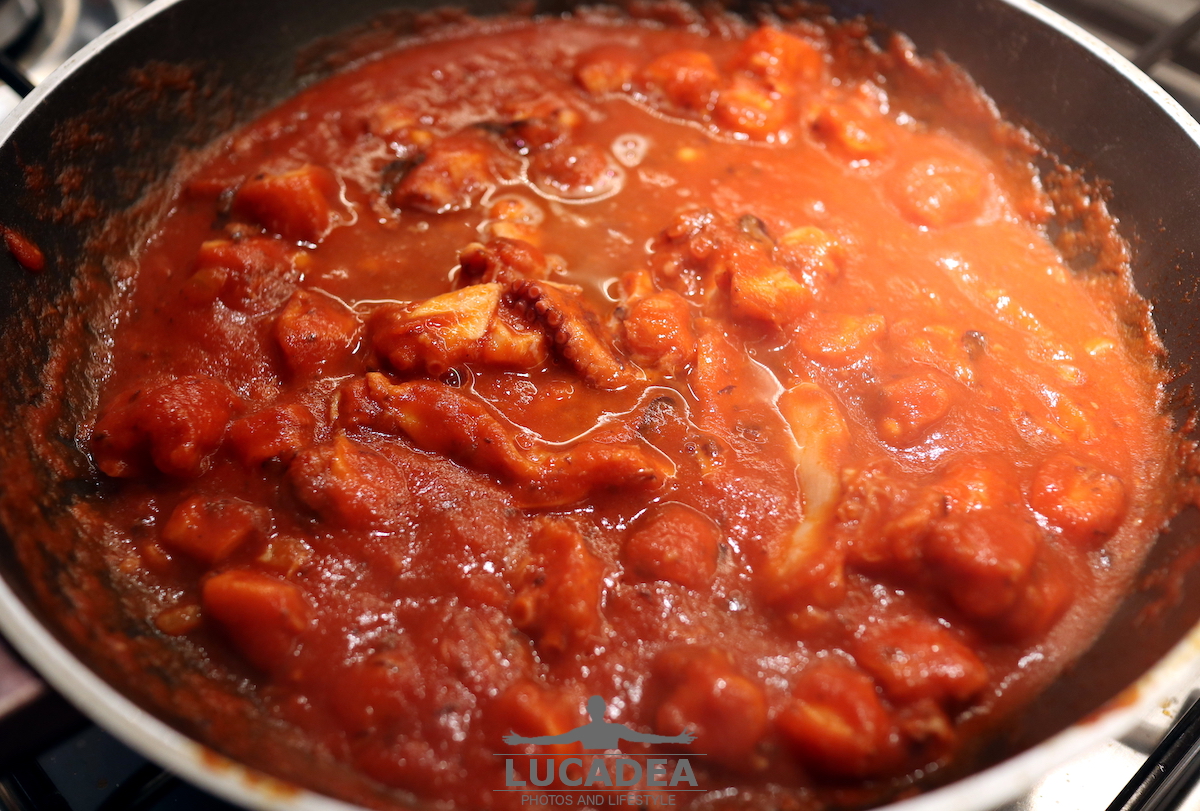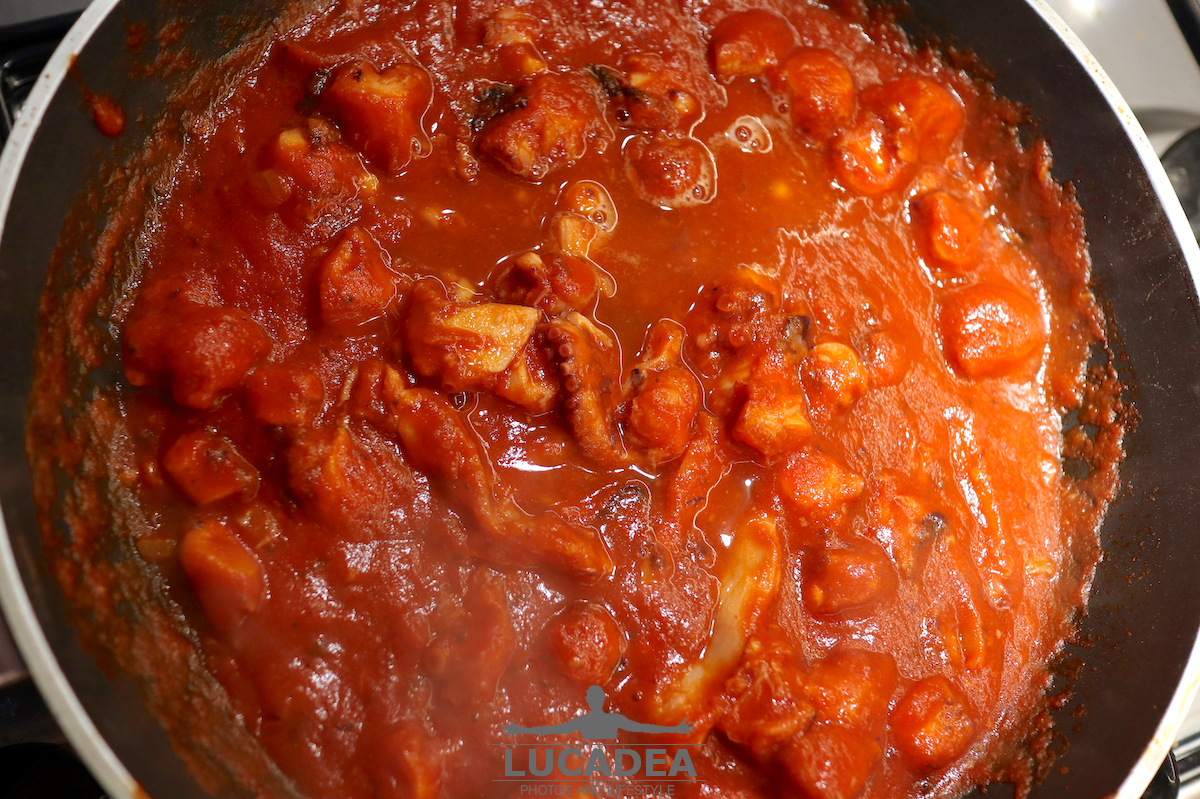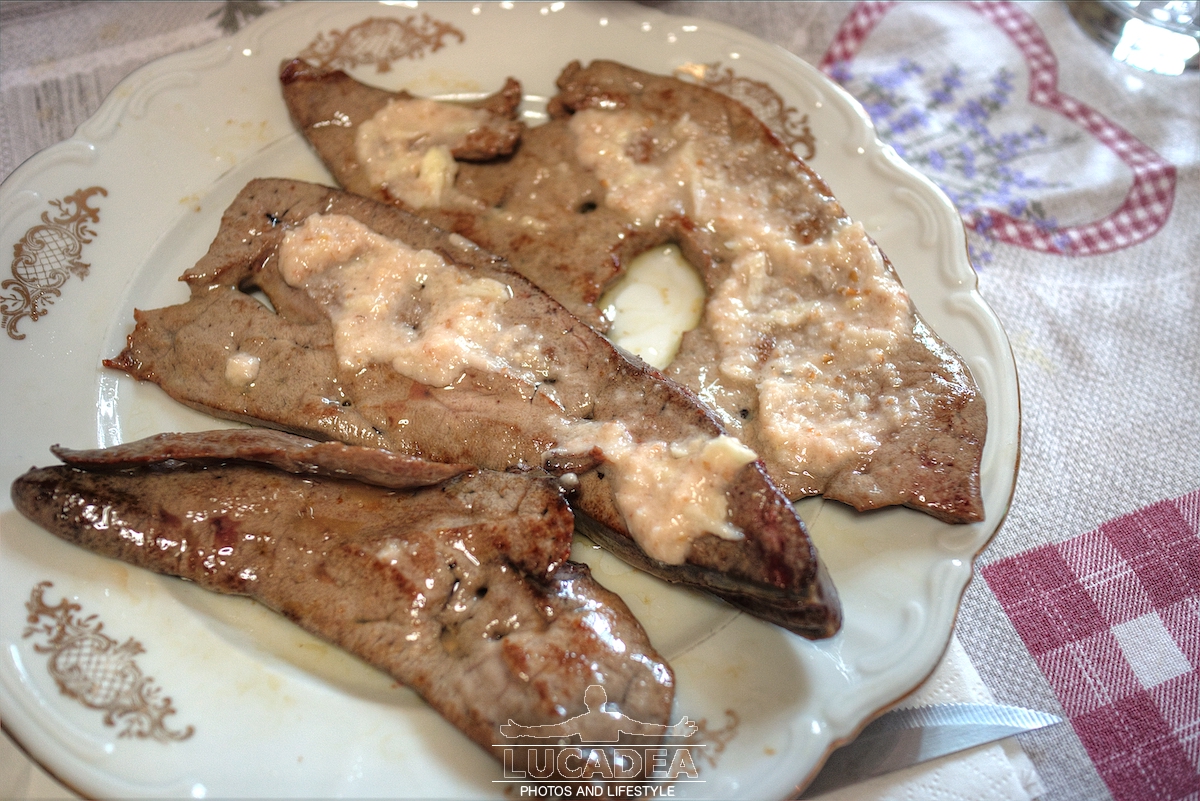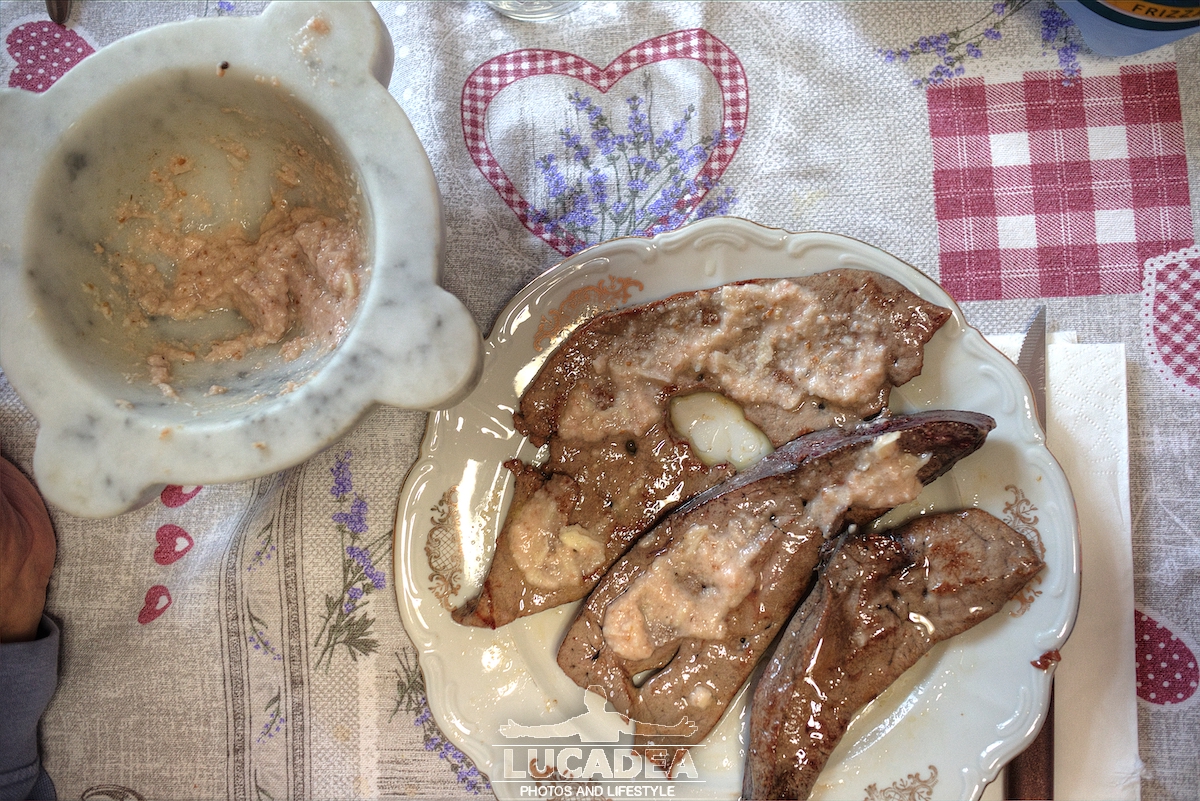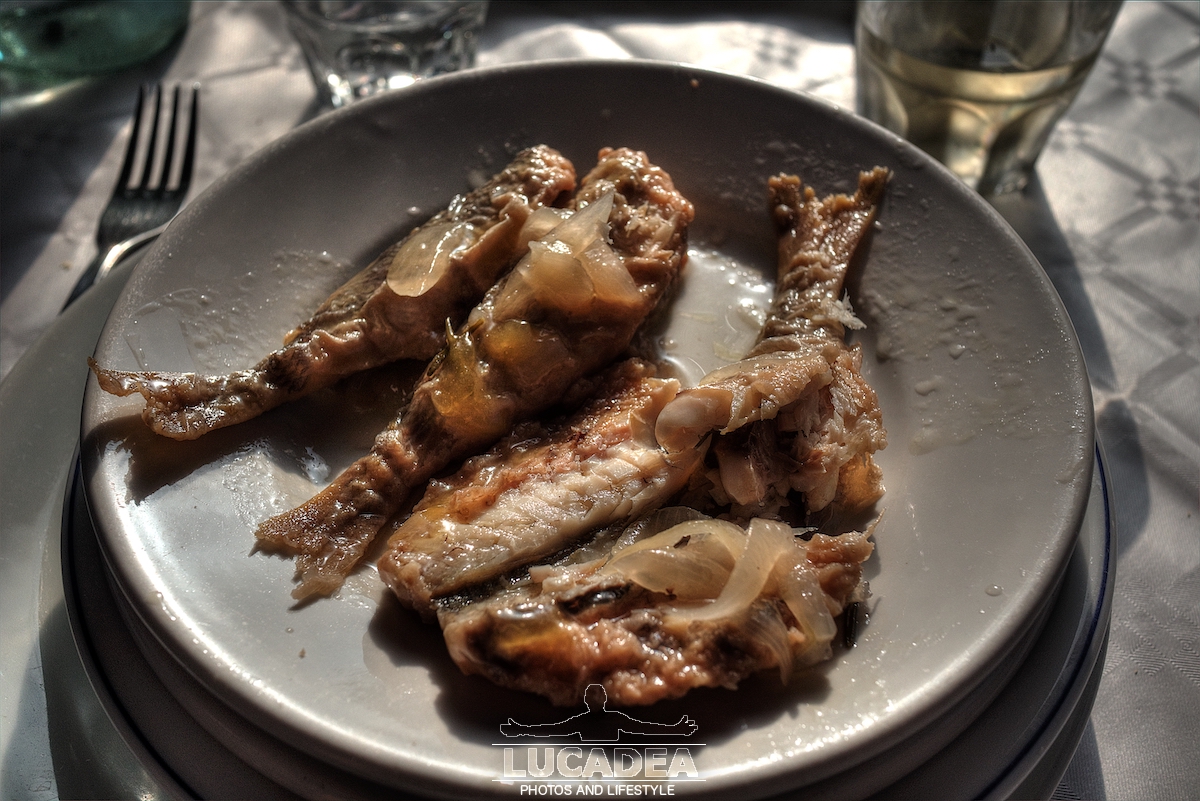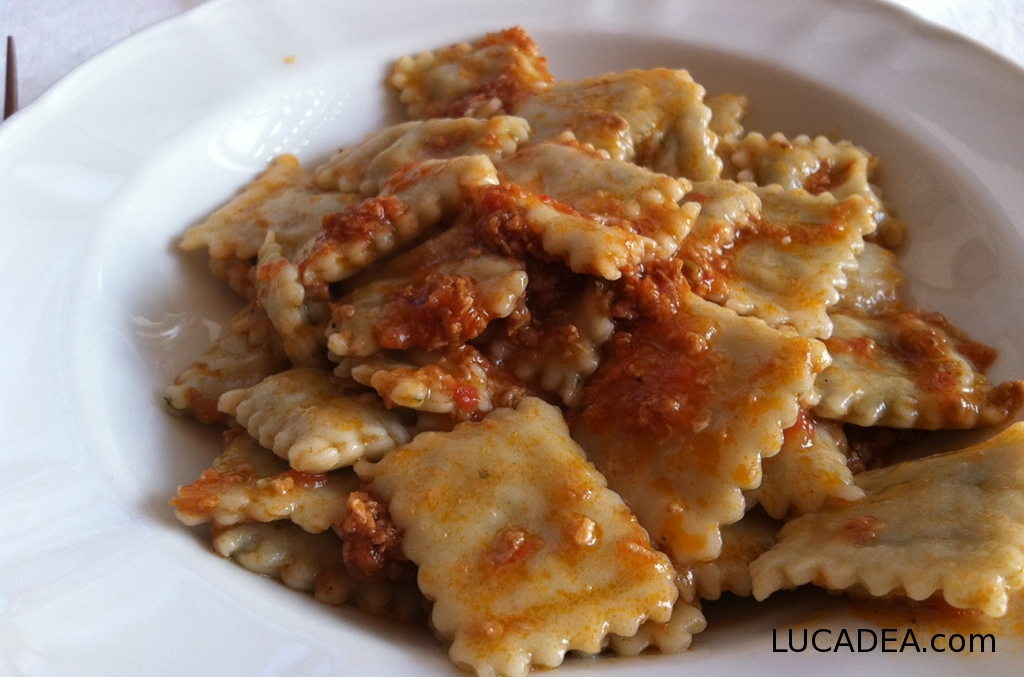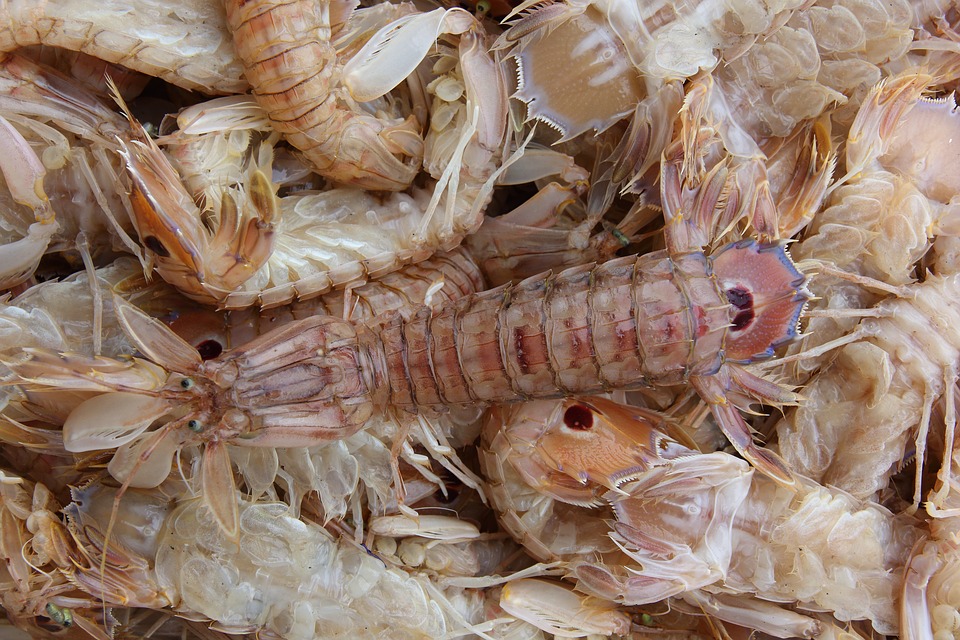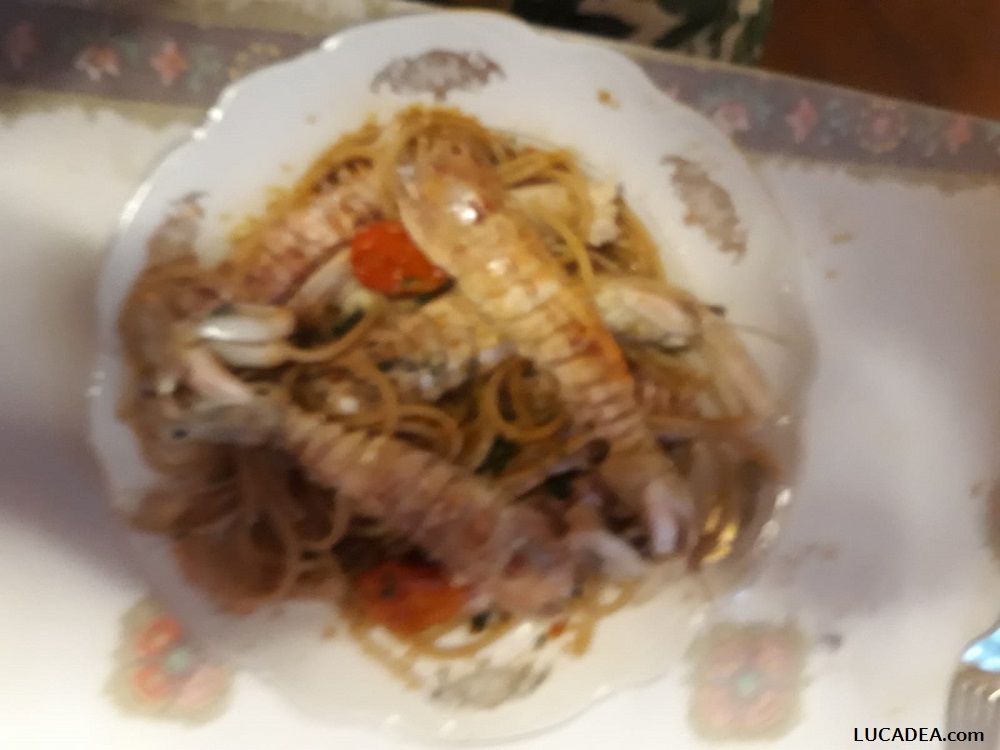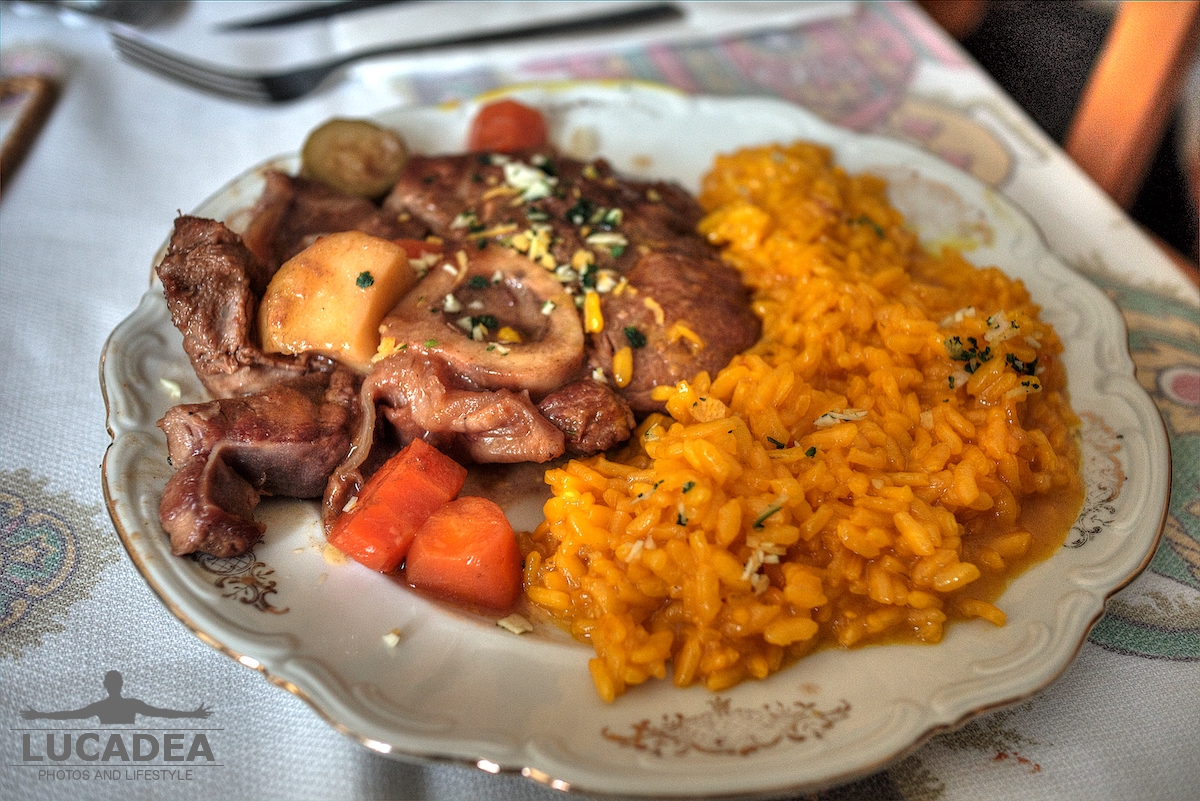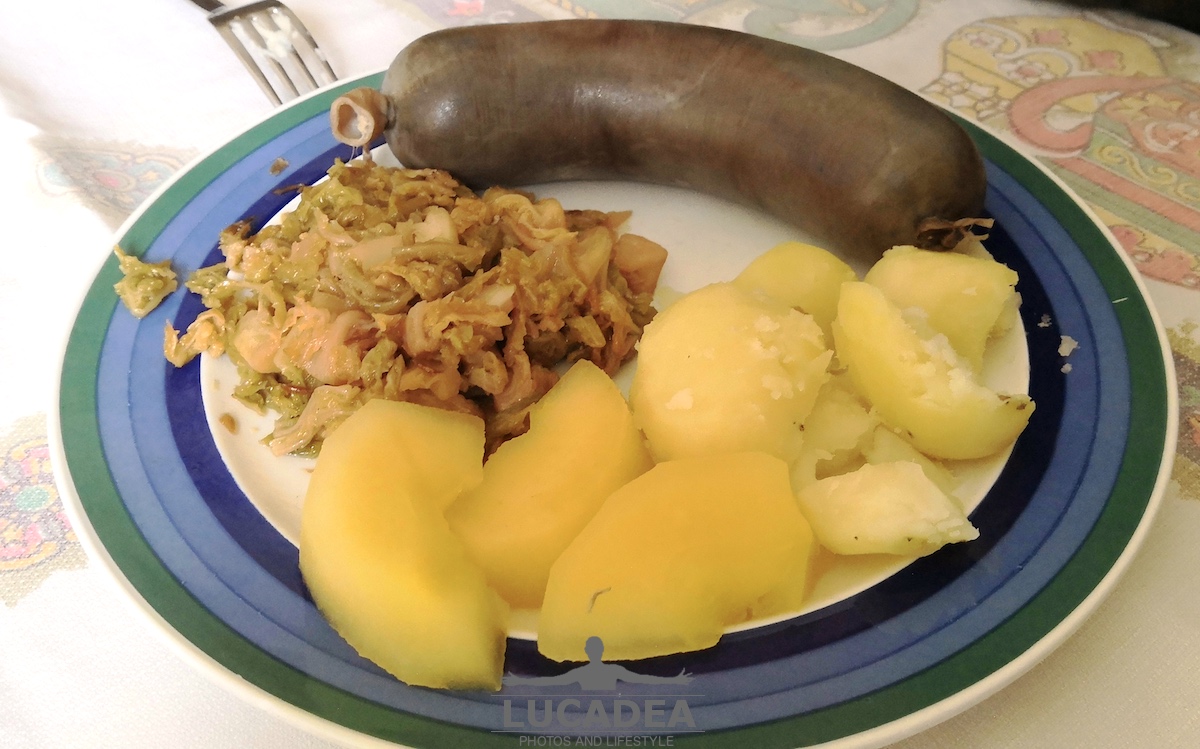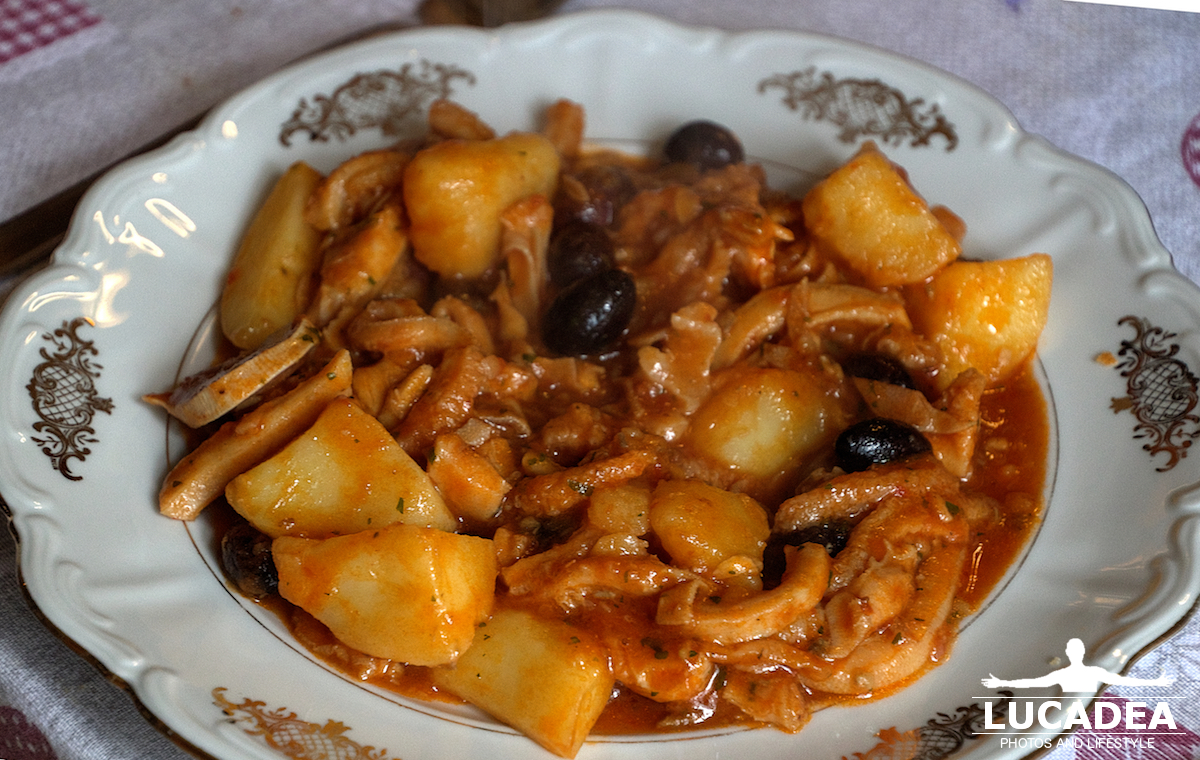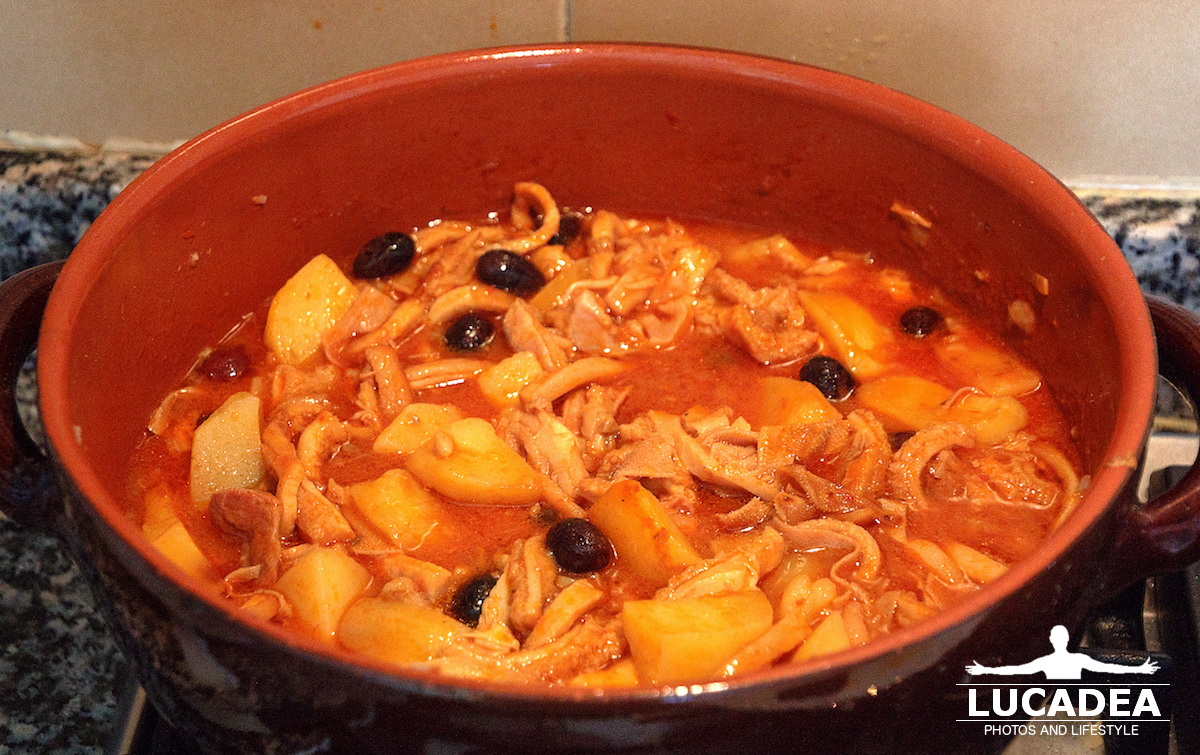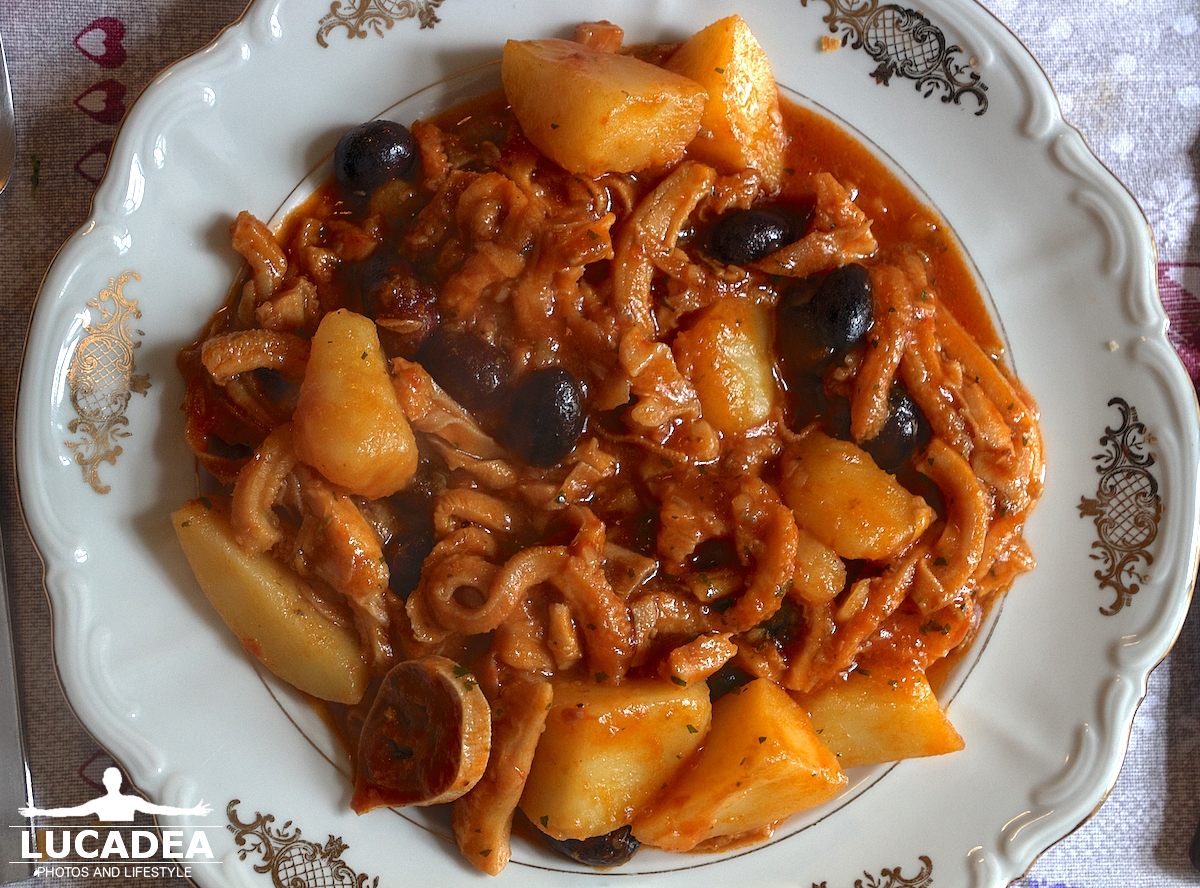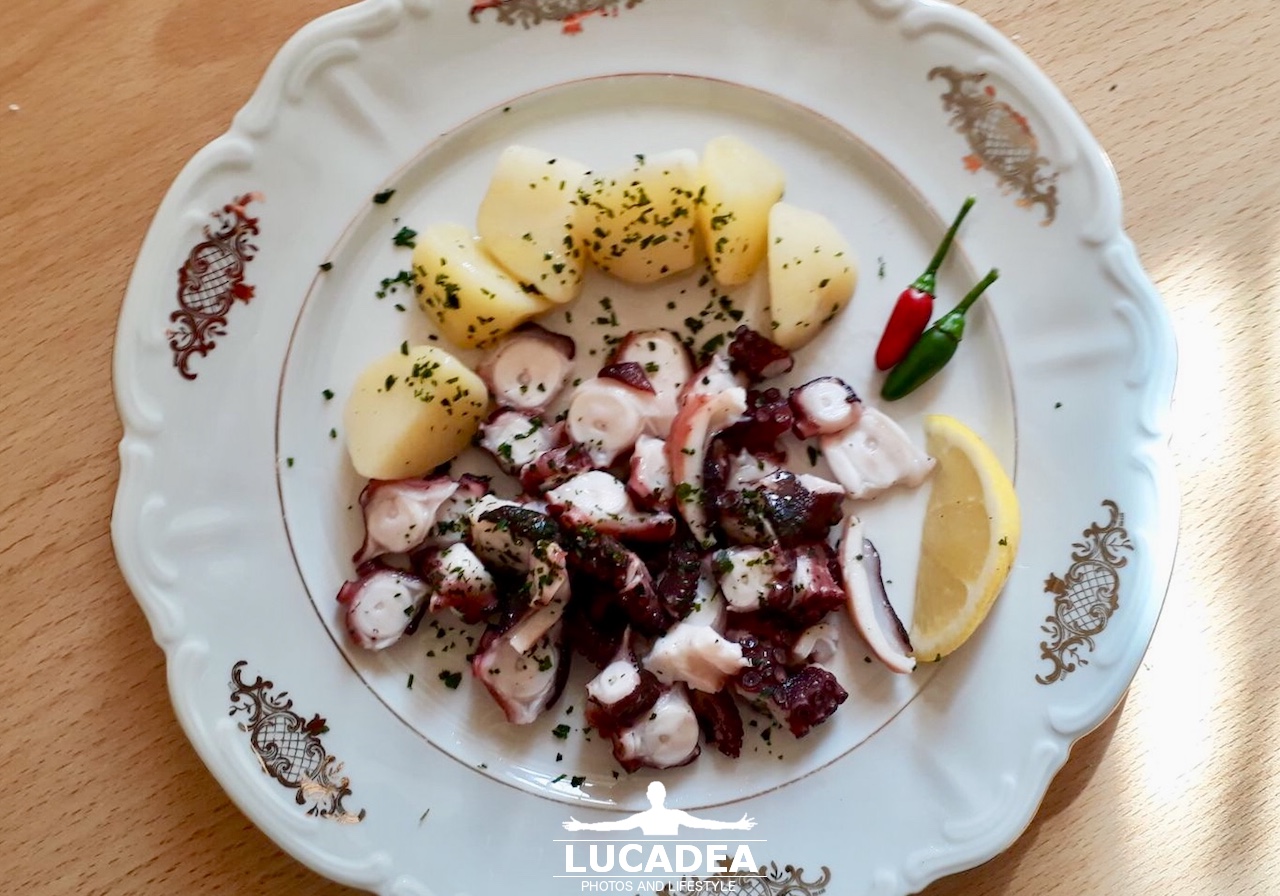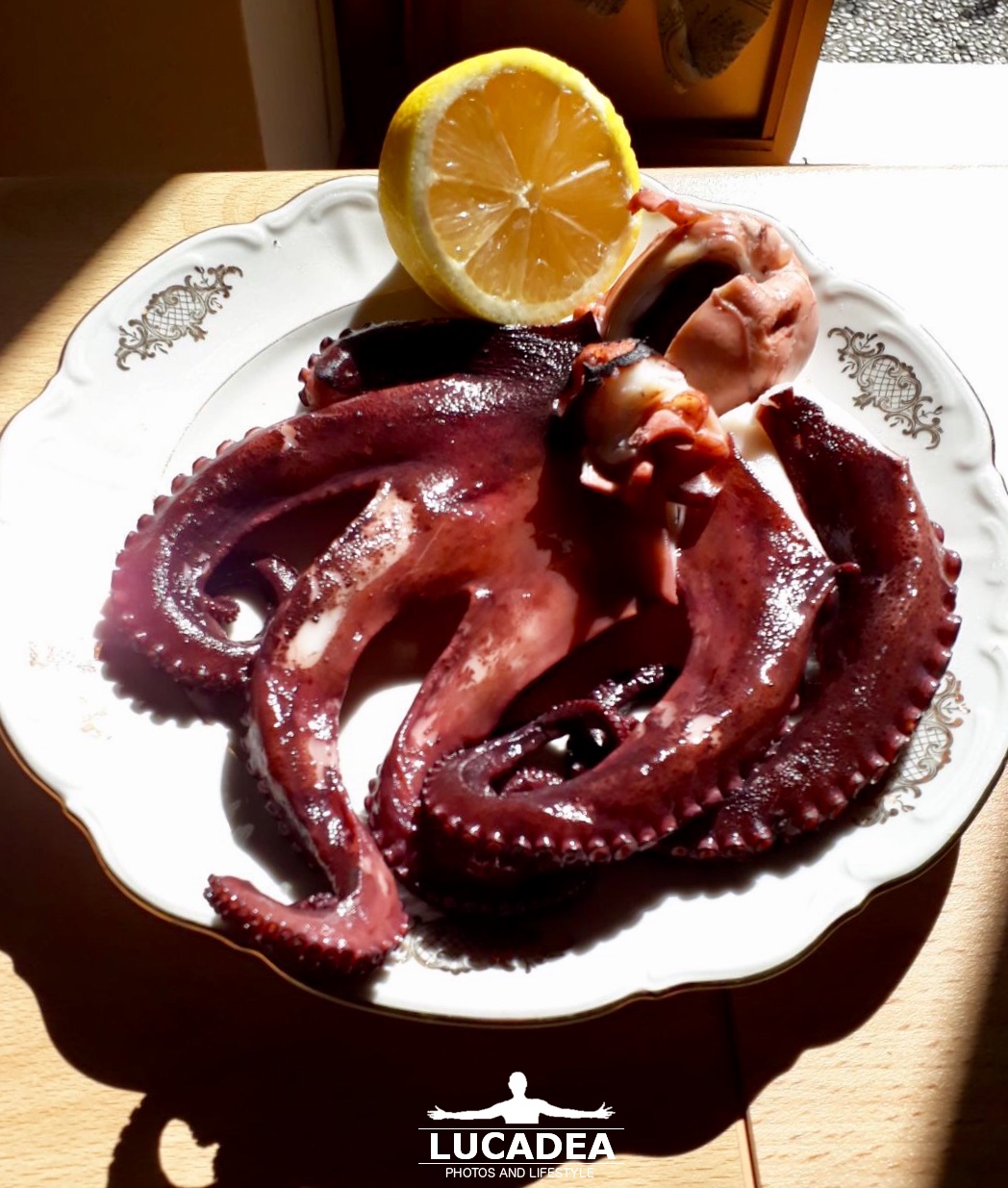Octopus sauce, the recipe.
A few days ago my son prepared a plate of pasta with this sauce and immediately a couple of ideas and memories came to mind.
It's a beautiful dish and very good too. Grandpa Mario used to make it, he cooked fish very well.
Then, with an octopus weighing less than a kilo, he would eat the whole family (seven or eight people).
The great thing is that he knew that octopus is sedentary so, when he needed one, he would go and get it alive and always knew where to find one.
The sauce is very easy to prepare; you need extra virgin olive oil, salt, onion, tomato sauce (or fresh tomatoes depending on your tastes and ability) and octopus (fresh or frozen)
The ideal would be to lightly scald the octopus in a little water, then cut it into small pieces to cook in the tomato sauce.
The important thing is the skin, which is what makes the dish good!
Fry a little with oil and onion, add the tomato and octopus. Add salt and leave to cook for about forty minutes.
If the sauce becomes too thick you can use the water from the first cooking to moisten the sauce.
Have you ever tasted this sauce? Add a comment or go to the bottom of the site to read what other visitors have written.
And voilà the sauce is ready photographed by Luca:
Photo taken with Canon EOS M100 and lens Canon EF-M 22.

